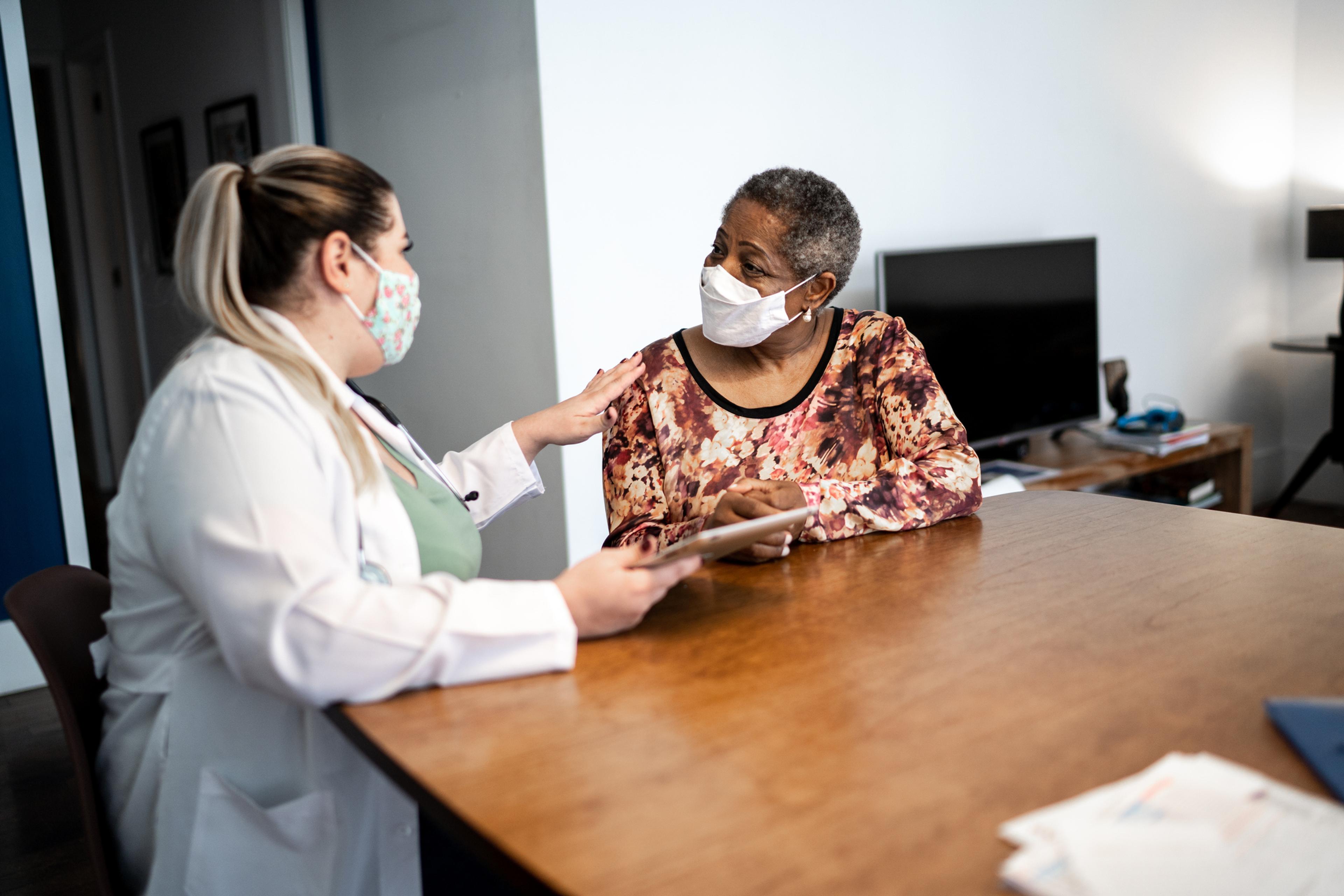Cholesterol Screening: What You Need to Know
Amy Barczy
| 3 min read
Amy Barczy is a former brand journalist who authored...

Cholesterol screenings are an important part of annual physicals. Knowing your cholesterol levels can help you adjust your lifestyle to prevent or manage chronic illnesses.
Having high cholesterol can put you at risk for heart disease and stroke – but it often shows no symptoms of its own. This why it’s important to visit a primary care provider each year for an annual physical to stay on top of your health.
What is cholesterol?
Cholesterol is made by the liver and is found in its cells and tissues. It is a waxy, fat-like substance and is needed by the body’s cells to perform critical functions – like building tissue, producing hormones and making vitamin D. It’s not inherently bad, and there is more than one type of cholesterol. There are two basic types to understand:
- LDL (low-density lipoprotein) cholesterol, sometimes called “bad” cholesterol, makes up most of your body’s cholesterol. High levels of LDL cholesterol raise your risk for heart disease and stroke.
- HDL (high-density lipoprotein) cholesterol, sometimes called “good” cholesterol, absorbs cholesterol in the blood and carries it back to the liver. The liver then flushes it from the body. High levels of HDL cholesterol can lower your risk for heart disease and stroke.
How often do I need a cholesterol screening?
According to the U.S. Preventive Services Task Force, a cholesterol screening should be done at least once before age 20. Younger adults should be screened every five years while older adults should be screened every year. For individuals ages 40-65+, cholesterol screening should be a part of annual physical with a primary care provider.
These recommendations will differ if an individual has a family history or other risk factors for disease. Individuals should consult their physician for their specific recommendations.
What does a cholesterol screening look like?
Doctors check your cholesterol levels by ordering a blood test called a lipid profile. A nurse will take a small sample of blood from your finger or arm.
The lipid profile will give you several numbers:
- Total cholesterol, which is a measure of LDL, HDL and triglycerides
- LDL cholesterol
- HDL cholesterol
- Triglycerides, which are a type of fat in the blood that increase the risk of heart attack and stroke
What are the risk factors for high cholesterol?
Here are some of the risk factors for high cholesterol, according to the U.S. Centers for Disease Control and Prevention:
- Health conditions: Type 2 diabetes, obesity and other chronic health conditions can increase the risk of high cholesterol
- Behaviors and lifestyle: Diets high in saturated and trans fats, not getting enough physical activity and smoking can all increase the risk of high cholesterol
- Family history: A family history of high cholesterol increases the risk that you will also have it
- Age: Risk of high cholesterol increases with age
- Sex: Women tend to have more LDL cholesterol than men until age 55, and men tend to have lower HDL cholesterol than women.
How do I manage my cholesterol?
If you have high cholesterol, talk with your doctor about what lifestyle changes you can implement to help improve your health. Your doctor may prescribe a cholesterol-lowering medication. If you have a prescription, be sure to follow your doctor's orders and take any medication as prescribed.
Here are some general tips to stay healthy and maintain a healthy level of cholesterol:
- Exercise for 150 minutes/week (that’s just half an hour, five days a week)
- Eat a healthy diet
- Quit smoking
- Incorporate healthy fats and Omega-3 fatty acids from foods like salmon and almonds to help lower LDL cholesterol
If you are concerned about your cholesterol levels, make an appointment with your doctor to discuss any risk factors you may have.
Learn more about how preventive care can help you live a healthier life here on MIBluesPerspectives.com.





